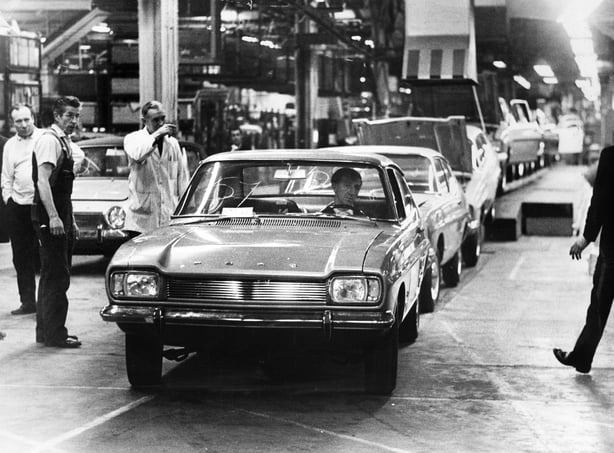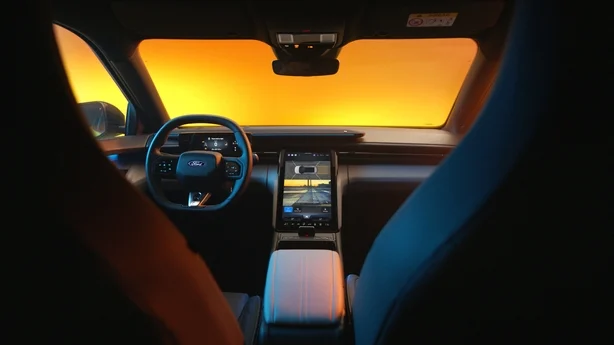Stay updated with the latest beauty tips, trends, and news from our salon experts. Our blog is your go-to source for all things beauty.
Words by Donal Byrne, video by Leah Carroll.
Ford says it has rewired the classic design of the original Ford Capri, which launched over 50 years ago, and revived it as an homage to the original.
The claim is a bit lost on me, I’m afraid, because the new Capri may have the name but it doesn’t have the design flair and creativity that was brought to bear on that great classic two-door, when it first rolled out of Ford’s Halewood plant in Liverpool in 1969.
It was a perfectly-timed launch. The 60s and 70s were periods as ready for this car as shoulder length hair for men and flared denims.

The arrival of the Capri EV has had die-hard historic Capri fans mourning the appropriation of their heritage, but Ford clearly saw the potential of linking the present to a romanticised past.
It’s ironic then that what Ford has produced is a car built on the same platform as Volkswagen’s ID models in a game of catch up on the EV front, where it has been notably slower than other manufacturers in developing EV’s.
Basically, Ford bought in an already established electric car kit and badged it with one of the strongest and most recognisable names it has ever had.
The Capri comes in to a crowded market place, too, and the car will struggle to carve out much-needed recognition because of its rather sedate styling. Yes, the car does have nods to its past heritage - a rounded rear windscreen and a four-headlight feature - but it doesn’t have the wow factor it might have, especially with its iconic name.

Pricing is getting very competitive too. Tesla cars are now much cheaper. Want a cheaper Tesla Model Y? Take a look at the Chinese XPeng G6. Want a car cheaper than the Capri? Take a look at Volkswagen’s ID 5 - the same car in many respects.
The Capri starts at €45,798 but the ID 5 starts at €41,796, which is a significant gap.
This entry level Capri - the Select - has a 52 kWh battery and a claimed range of 391 kilometres but the usual caveats about claimed ranges versus real world ones apply.
It has as standard 19" alloys, LED lights, heated front seats, a rear view camera, adaptive cruise control, dual zone climate control and a 14.6" touchscreen.
The Select and Premium versions also have a 77 kWh battery option and a claimed range of 627 kilometres. The Premium gets extras such as a panoramic glass roof, an upgraded sound system. 20" wheels and a powered tailgate and costs €50,990. The Select with the 77 kWh battery costs €47,270.
A brief introductory drive revealed a couple of surprises, the main one being in how the the Capri rides and handles. It has better tuning than its Volkswagen cousin and it has more of a sports car feeling to it, even if it’s not really a sports car.

The other surprise was how much the car had been influenced by Ford’s Explorer. Many features are already familiar, including that 14.6" touchscreen. It dominates the cabin and it has responsive touchscreen qualities, with crisp graphics and a good overall display.
Unfortunately though, Ford has opted to have few physical buttons to controls - a feature of many cars these days but one which, I believe, will not last much longer.
There is plenty of space and the car has a bright interior, with very comfortable seating, at least in front. The sloping roofline does cause issues for taller rear seat passengers but legroom is good.
The Capri has a maximum five star EuroNCAP crash test rating and a three year/100000 kilometre warranty - this is certainly not as generous as warranties from the likes of Kia, Hyundai and some of the Chinese manufacturers.
I’m looking forward to spending some more time with the Capri to fully explore its potential, now that I’ve adjusted to the styling.